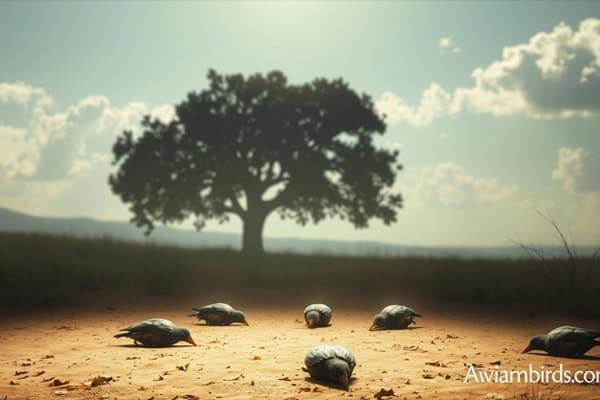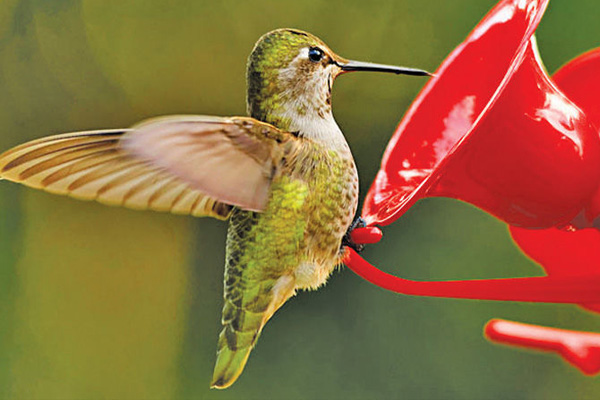Learn Southern White-Faced Owl & Where To Find Them
The Southern White-Faced Owl, scientifically known as Ptilopsis grant, is a captivating species of owl found primarily in the savannas and woodlands of sub-Saharan Africa. This small but striking bird of prey is known for its distinctive facial features and impressive hunting skills.
~Here we’ll discuss Southern White-Faced Owl And His Characteristics~
Fun Facts:
- Scientific name: Ptilopsis granti
- Weight: 185 to 275 g
- Length: 20 to 24 mm
- Wingspan: 191 to 206 cm
- Age: Up to 30 years in captivity
- Voice Thrower: Can throw its voice to confuse predators.
- Quiet Communicator: Uses soft hoots and whistles, mainly during breeding season
- Night Vision: Excellent night vision helps in hunting during the dark.
1. Appearance
The Southern White-Faced Owl is easily recognizable due to its unique facial disc, which is white and framed by a black border. This facial disc helps to direct sound to their ears, enhancing their ability to locate prey in the dark. The owl’s plumage is a mix of gray, white, and black, providing excellent camouflage against the bark of trees. They have bright orange eyes that stand out against their pale face, giving them a somewhat stern expression.

2. Habitat and Distribution
These owls are typically found in a variety of habitats, including dry savannas, open woodlands, and sometimes even urban areas where trees are abundant. Moreover, Their range extends from southern Africa, including countries like Namibia, Botswana, and Zimbabwe, to parts of East Africa.
3. Behavior and Diet
The Southern White-Faced Owl is a nocturnal hunter, meaning it is most active during the night. It feeds primarily on insects, small mammals, and other small vertebrates. Their hunting technique involves silently gliding from a perch and using their acute hearing to detect and capture prey. During the day, they roost in tree cavities or dense foliage to avoid predators and stay cool.

4. Reproduction
Breeding season for the Southern White-Faced Owl typically occurs during the dry season when food is more abundant. They nest in tree hollows, abandoned nests of other birds, or in cavities in cliffs. The female usually lays two to four eggs, which she incubates while the male provides food. The chicks hatch after about 30 days and are cared for by both parents until they fledge.
5. Conservation Status
Currently, the Southern White-Faced Owl is not considered endangered and has a stable population. Moreover, habitat destruction and fragmentation could pose future threats. Conservation efforts are essential to ensure that these owls continue to thrive in their natural habitats.
Wrapping Up…
The Southern White-Faced Owl (Ptilopsis granti) is a remarkable bird that plays a crucial role in its ecosystem as a predator of insects and small animals. Its distinctive appearance and nocturnal habits make it a fascinating subject for bird enthusiasts and researchers alike. By understanding and protecting this species, we can help maintain the balance of the ecosystems in which they live.






